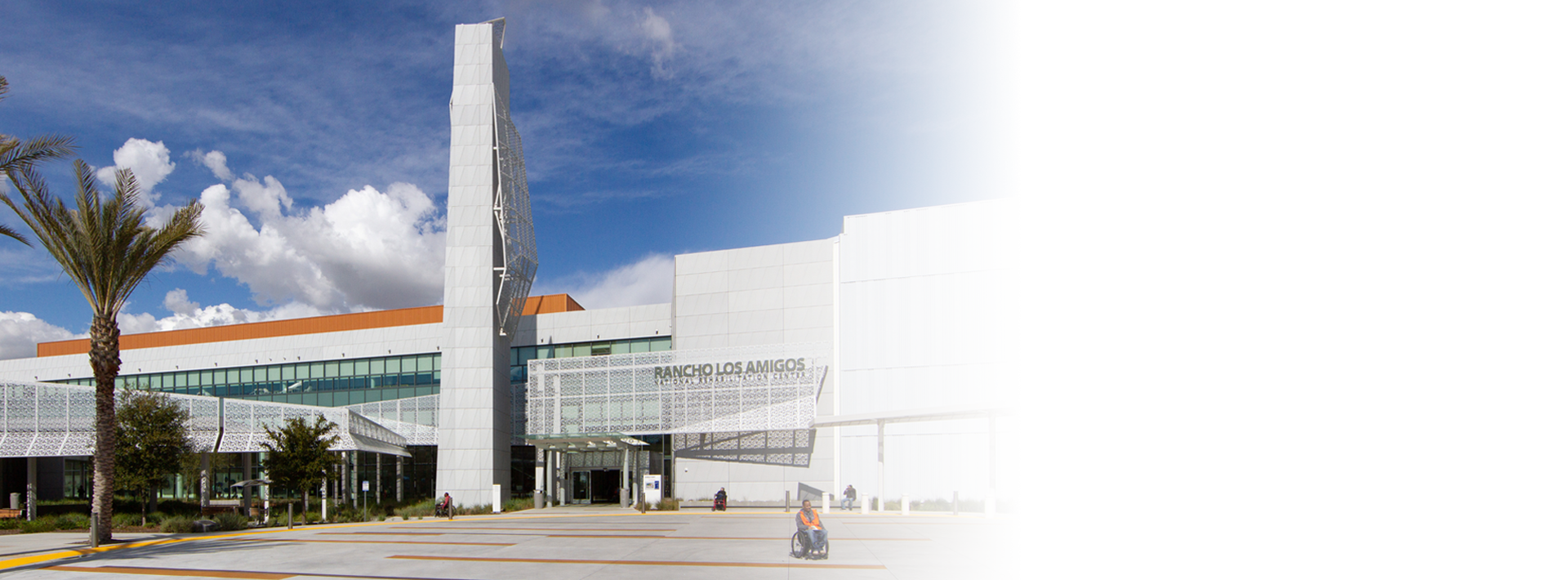Capital Projects
What is the Capital Project Program?
Public Works is involved in managing the planning, programming, design, and construction of capital improvement projects with an annual project value of approximately $3.6 billion. The Capital Projects Section of Building and Safety Division, provides plan check and inspection services for all County-owned and operated facilities to ensure compliance with the current Building Code.

What is the Capital Project Program?
Public Works is involved in managing the planning, programming, design, and construction of capital improvement projects with an annual project value of approximately $3.6 billion. The Capital Projects Section of Building and Safety Division, provides plan check and inspection services for all County-owned and operated facilities to ensure compliance with the current Building Code.
Tell me about Capital Projects
What is Quality Assurance/Quality Control (QA/QC)?
QA/QC is the process or set of processes used to ensure products and services meet the County’s expectations. Quality Assurance is process oriented and focuses on defect prevention, while Quality Control is product-oriented and focuses on defect identification.
What work is included in a Capital Project?
Capital projects include repair, renovation, and/or expansion of existing building facilities and construction of new building facilities for many County Departments, including among others Animal Care and Control, Beaches and Harbors, Fire, Health Services, Mental Health, Parks and Recreation, Probation, Public Health and Sheriff.
How are Capital Projects Delivered?
Public Works, working with the Chief Executive Office and the client County Department, select the most appropriate project delivery method that best enables the County to meet the established project goals and objectives. Public Works is committed to finding new and innovative ways to provide outstanding value and service in the delivery of capital projects. Following are three basic project delivery methods:
- Design-Build - In 2006 the County of Los Angeles became part of an increasing number of public agencies in California to gain authority to use “design-build” as an alternative method for delivery of eligible capital projects with a value over $2.5 million. The objective is to bring the best available designers and contractors together to address the unique challenges of each capital project. Design-build contracts are awarded on the basis of a best value selection process in accordance with Public Contract Section 20133.
- Job Order Contracts (JOC) - The JOC process is a flexible, cost-effective unit price contracting method used by Public Works to complete maintenance, repair, and refurbishment of County infrastructure and building facilities. JOCs are publicly advertised for competitive bidding and awarded to the lowest responsive and responsible bidders in accordance with the State Public Contracting Code. The use of JOCs provides accelerated project delivery, reduces administrative costs, and lowers direct construction costs while meeting all Federal, State, and County procurement requirements. Each JOC contract is for a duration of one year and is limited to a predetermined contract value that may increase annually based on the Consumer Price Index.
- Design-Bid-Build - Public Works continues to use the traditional “design-bid-build” approach for delivery of capital projects. Plans and specifications are prepared for individual projects by architectural/engineering in-house staff and/or outside consultants. Once adopted by the County these capital projects will be advertised for construction bids. Construction contracts are awarded to the lowest responsive and responsible bidders in accordance with the State Public Contract Code.
What is the County’s Civic Art Policy?
The County's Civic Art Policy was adopted by the Board of Supervisors in 2008. The goal of the Policy is to improve the quality of life of County residents through the creation of an improved physical and cultural environment. This is done through the integration of high-quality Civic Art in the design and construction of capital projects. The Policy mandates that eligible capital projects allocate one percent (1%) of design and construction fees to the Civic Art Program. The funding is used for the design, construction, integration, acquisition, delivery, and conservation of the Civic Art. The Civic Art may include sculptures; murals on buildings; multimedia installations; one-of-a-kind fixtures, such as street lights and fences created by an artist; exhibits; performance space and performance art; and the restoration or replication of historic building features.
For more information regarding Capital Projects and Public Buildings, access the portal.